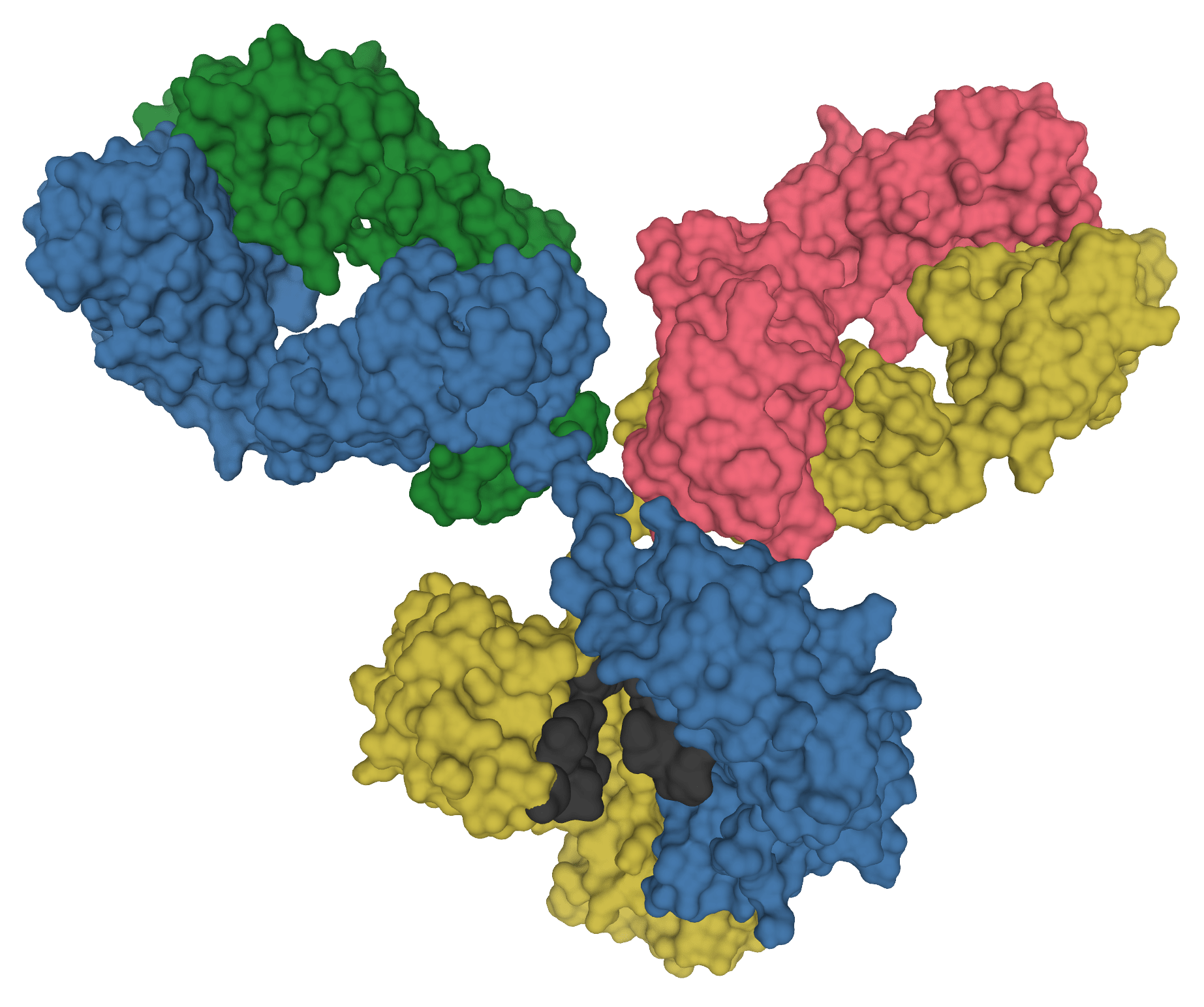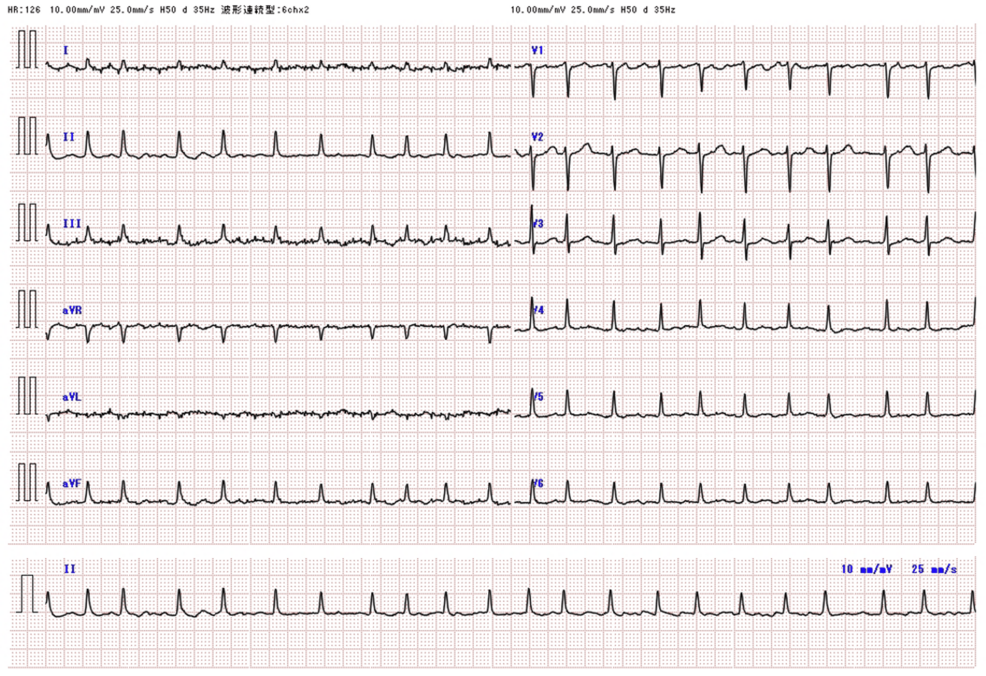Retuers Bangladesh’s dengue outbreak is worsening rapidly with infections and deaths climbing sharply across the country, health experts have said, warning the disease could spiral if urgent…
Category: 6. Health
-

Royal Children’s Hospital detects severe epilepsy in children using AI
Royal Children’s Hospital detects severe epilepsy in children using AI | Mobi Health News
…
Continue Reading
-

Scientists finally reveal what’s behind long COVID’s mysterious brain fog | The Transmission
Sci Tech Daily Japanese researchers uncover the molecular signature of Long COVID brain fog, a breakthrough that could bring real treatments closer than ever. Researchers in Japan have pinpointed…
Continue Reading
-

Suffering stars add to worries about prostate cancer ‘overtesting’ – The Times
- Suffering stars add to worries about prostate cancer ‘overtesting’ The Times
- Prostate testing may not target those most likely to benefit, warn experts Medical Xpress
- Study Finds PSA Testing in England Often Misaligned with Patient Risk…
Continue Reading
-

Updated COVID shot led to less severe illness, fewer hospitalizations last year, US study finds
Oct 8 (Reuters) – Last year’s updated COVID-19 vaccines helped prevent severe outcomes including hospitalizations and…
Continue Reading
-

Severe sleep-disordered breathing linked to disturbed sleep in men with HIV
Men with HIV and severe sleep-disordered breathing (SDB) experience the most disrupted sleep, with lower efficiency, more light sleep, and greater stage instability than other groups. These study results were published in Sleep.
Researchers…
Continue Reading
-

Ebola Outbreak, Kasai Province, DRC – Situation Report #4 | The Transmission
Relief Web
Download Full Report
FACTS
• On September 4, the DRC Ministry of Health officially declared an outbreak of Ebola virus disease (EVD) in the Bulape and Mweka health zones in Kasai province. Since then, the virus has spread…
Continue Reading
-

Transient rapamycin treatment enables long-term delivery of anti-HIV antibodies
The fight against HIV has seen remarkable advances, particularly with the development of broadly neutralizing antibodies (bnAbs) that can target diverse strains of the virus. However, delivering these antibodies efficiently and sustainably…
Continue Reading
-

Just 3 Drinks Per Week May Raise Dementia Risk
- There is a lot of confusing and conflicting information regarding alcohol and health.
- This study suggests that any amount of regular alcohol use increases the risk of dementia.
- If you feel you can’t cope without alcohol, seek help from a…
Continue Reading
